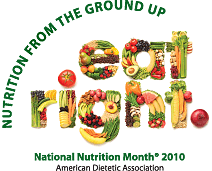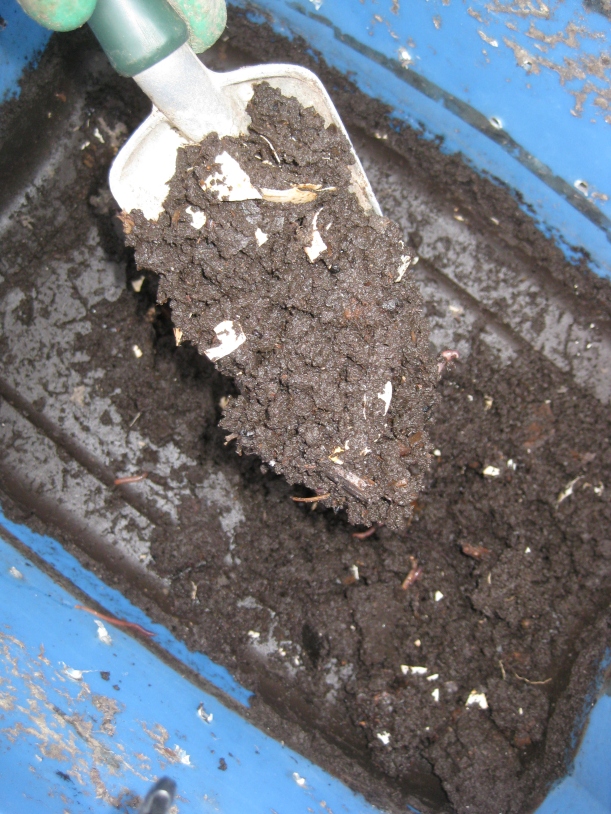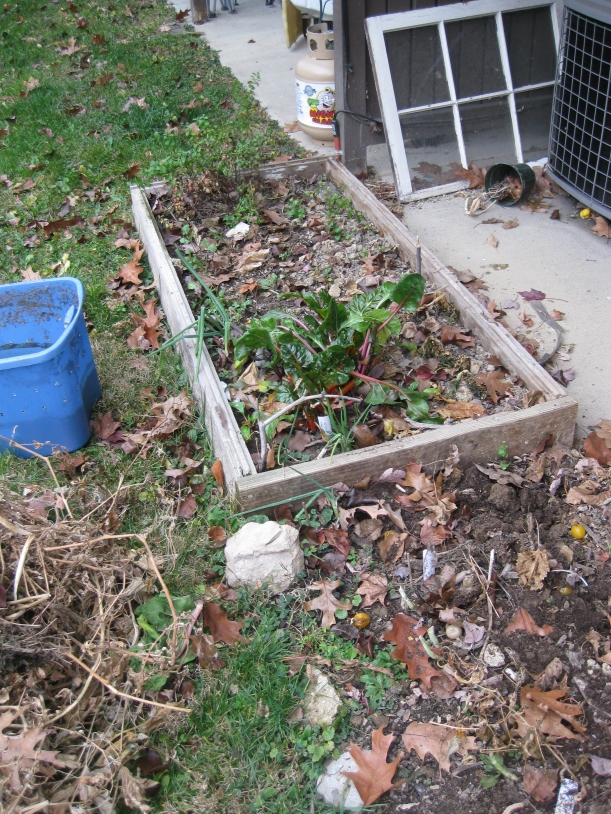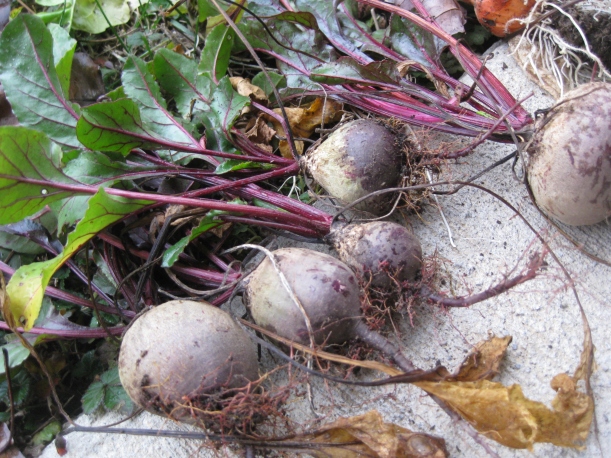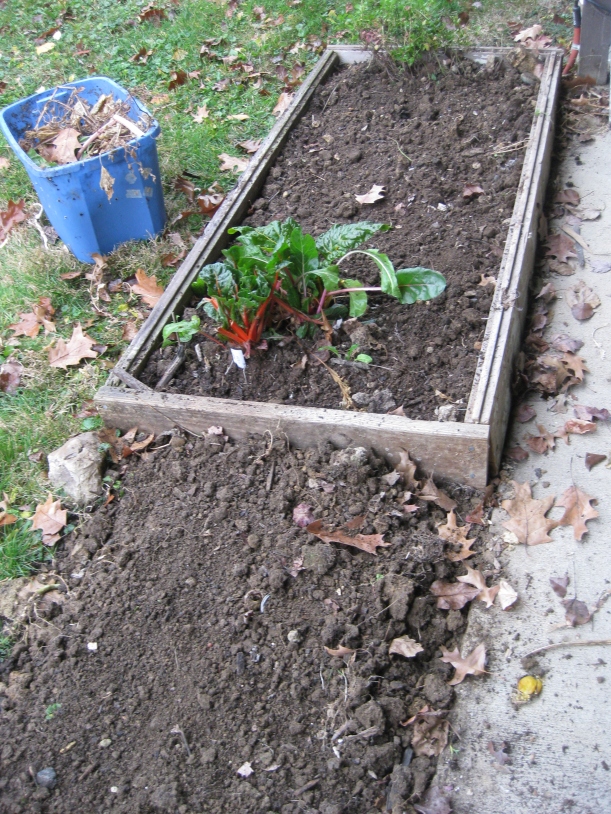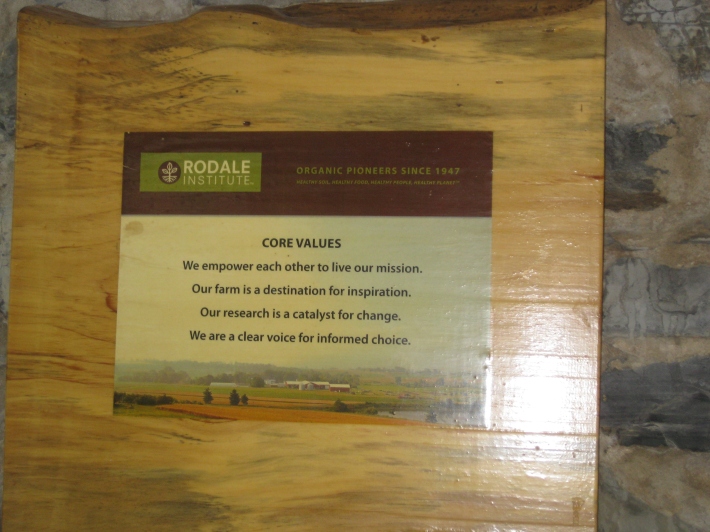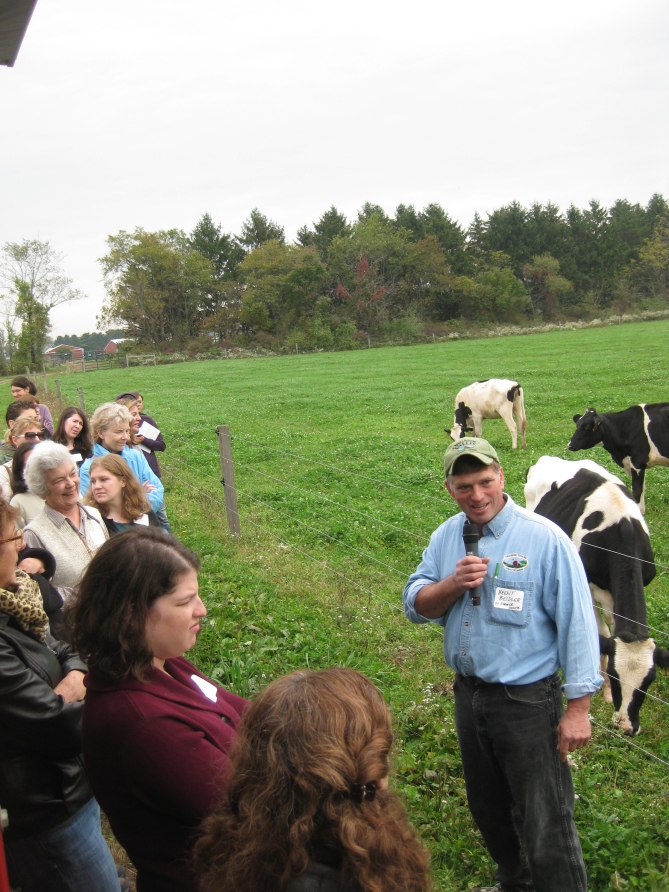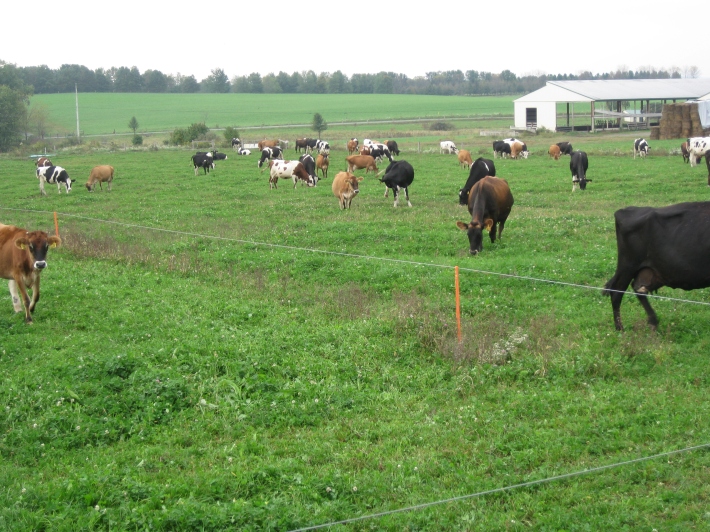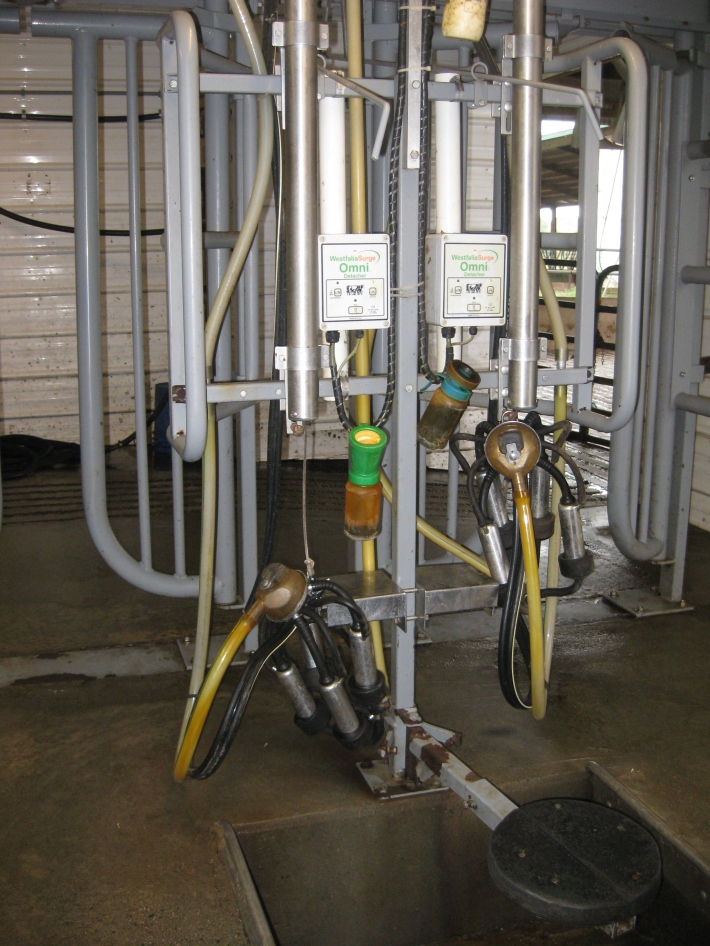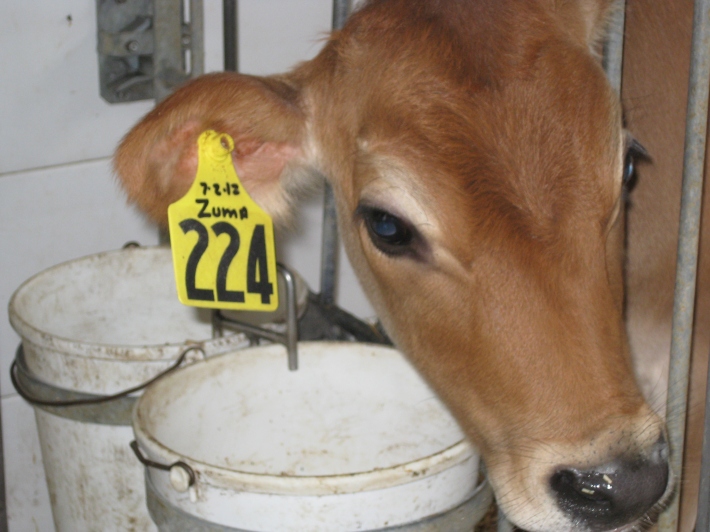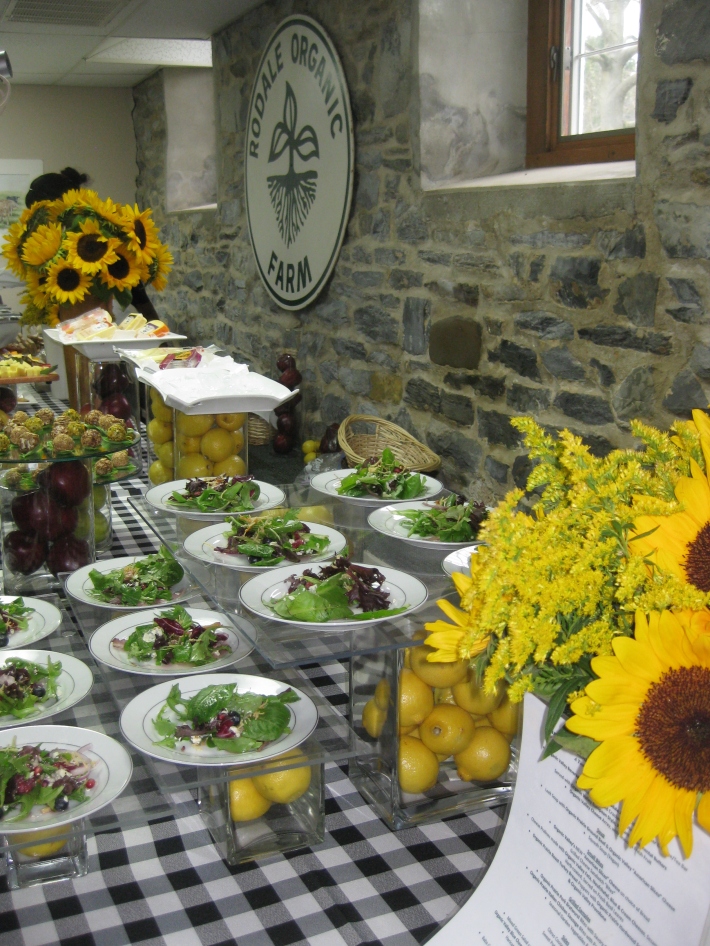As a member of the Academy of Nutrition and Dietetics, I get to choose a state affiliation. Since I’m living in West Virginia for grad school, I am currently a member of the West Virginia Academy of Nutrition and Dietetics (WVAND), and it’s been a fun way to get to know other dietitians in the state.
At the 2012 WVAND meeting, I committed to supporting local foods in my community, and I met that challenge by coordinating a gleaning project from the Morgantown Farmers’ Market.
I enjoyed coordinating this pickup and subsequent distribution to the local Salvation Army soup kitchen.
My project description was just posted on the WVAND Website, and I thought I’d share it here as well!
“This past summer, after a suggestion from RoundRight Farm, and in collaboration with a graduate student in Ag Economics at the Davis College of WVU, I coordinated a market gleaning program from the Morgantown Farmers’ Market to the Morgantown Salvation Army Soup Kitchen.
Every Saturday as the market closed, myself or another volunteer walked around to each stand at the market to ask vendors if they had extra produce would like to donate. At the beginning of the summer, when there were just a few bags of greens, it was easy to walk the produce down the street to the soup kitchen. However, as the season progressed and beans, beets, tomatoes, and other hefty veggies were abundant, a car was necessary to transport the bounty.
The vendors were glad to see their produce being put to use, and the soup kitchen was creative in their use of the veggies. When I stopped by to see what they had made, they were serving green beans with sliced radishes!
We would love to see this project continue in the future, and are in the process of making plans to formalize, improve, and expand upon our current model. Perhaps this is even something that could be replicated around the state in other farmer’s markets.
If anyone is interested in providing future assistance in this program, either by helping with pickup, or potentially making a special dish out of the produce to serve at the kitchen, we would love to hear from you!
Much thanks to Jessica Kozar, a WVU Human Nutrition and Food major, for her assistance with the pickup and delivery!”
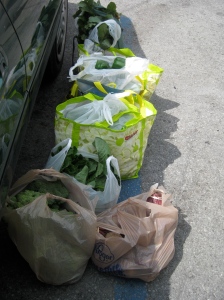
Produce on its way!
And one of the creative dishes:
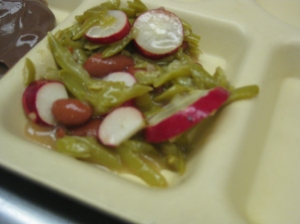
Green Beans and Radishes

